A massive, $340-million stadium to be built at the University of South Florida (USF) in Tampa Bay is in the planning and prep stages.
Traffic studies and an archeological survey of the site are now being done and core soil samples are being collected and examined.
In a few months time, likely during the school’s homecoming week celebration that starts Oct. 14, heavy equipment will be brought in to mark the start of construction.
The structure will be home to the university’s South Florida Bulls football team. Presently, the team plays at Raymond James Stadium, which is also home to the NFL Tampa Bay Buccaneers.
The 35,000-seat structure will take three years to build and is expected to be completed in fall 2027.
The project is a chance to dream big, says Michael Kelly, vice-president of athletics at the university, who notes it will be transformational as it lays the foundation for an impactful future.
“I sense a lot of support for it in the university community and a lot of excitement. What strikes me is the aspect of how it affects the whole campus, how it affects the student life, how it will affect how our campus can engage with the greater community, how it will allow other friends of the university and locals to get their first interaction with the university and come back that much more often.”
Renderings show an expansive stadium with seating on all four sides of the gridiron and an open concourse around most of the structure. There will be outdoor practice fields next to and surrounding the stadium, a tailgating space on the north side of the structure, and suites and boxes.
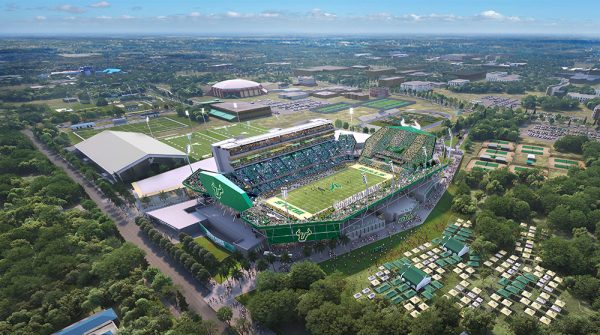
An operations facility, called the Tampa General Hospital Center for Athletic Excellence, is being built adjacent to the new stadium and is scheduled to open in August 2026.
Construction manager on the project is a team of Manhattan Construction Company, H.J. Russell & Company and DuCon LLC. The team has worked extensively on college and professional stadiums, including one for the Dallas Cowboys, and has built facilities in the Tampa Bay region and State of Florida.
The university looked at several different sites for the stadium but chose the current venue on the east side of the campus as it is within the athletic district at the school and near student housing.
In addition to football, the stadium will be used for other sports, including running, and possibly for concerts and commencement.
“The opportunities are endless,” explains Kelly. “It’s really up to us to make maximum use of those assets. That’s what’s so exciting and why it impacts so many aspects and departments of the university.”
According to Jay Stroman, CEO of the USF Foundation, the stadium will instill pride in the university and engage alumni and the community.
“The Raymond James stadium is a phenomenal stadium, but it doesn’t showcase our campus. It doesn’t give us the opportunity to have people come onto our campus where they might go to the bookstore, they might go into the college of business, or they might go to engineering. Yes, the football game or what’s going on in the campus stadium is important, but people walking back on campus, seeing the growth of the campus, it just ignites everybody’s passion for it.”
The stadium is being built in an area known as the Sycamore Fields site. Earlier this year, the university began the process of transitioning recreation facilities currently occupying that site to a new location in the southwest portion of the Tampa campus near the USF Research Park. The new recreational complex is expected to be fully operational by the spring 2025 semester.
While forging ahead, the university has deemed it a priority to prevent disruptions to activities and minimize the environmental impacts of the stadium construction. Steps are being taken to retain as many trees as possible and replanting will occur in other spaces across campus to fully offset the loss of any trees during construction.
The stadium itself will be an east-west build to help maximize shade for daytime events. There will be a dedicated section for students in the west end of the stadium that includes a design unique to the university featuring Bull horns and amenities that will cater to the experience.
The design incorporates feedback the university gathered through listening sessions with dozens of stakeholder groups, including students, faculty, staff, alumni and community members.
According to Stroman, there is a lot of enthusiasm and passion for building the new stadium and other projects.
“Our hope is that all of our faculty, staff and students get excited about the opportunity. It will be transformative in ways, I think, people can’t even see. It’s more than just a football stadium. It’s great for our football team and our athletic department but it’s even better for our university when you talk about marketing exposure and branding.”


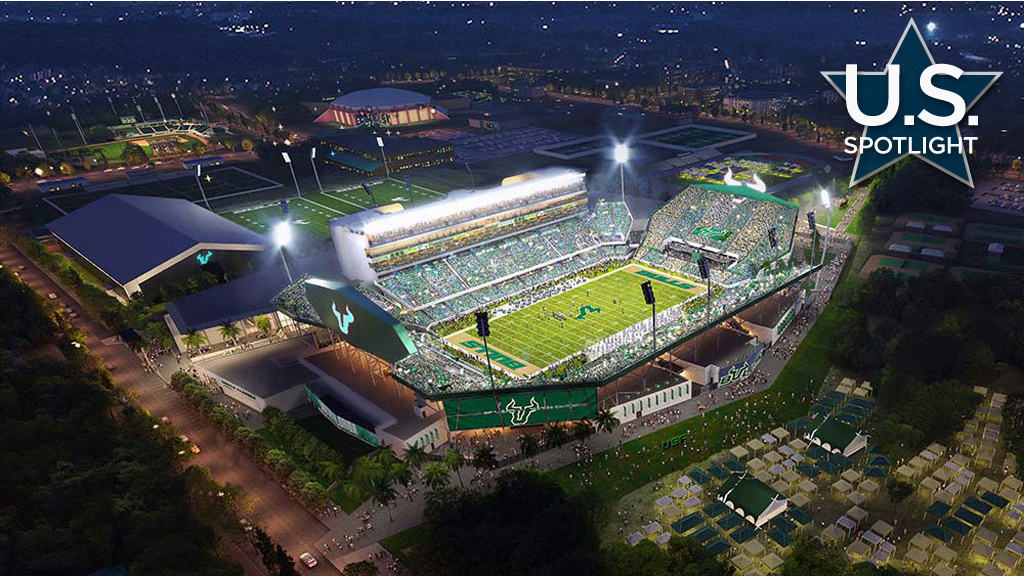
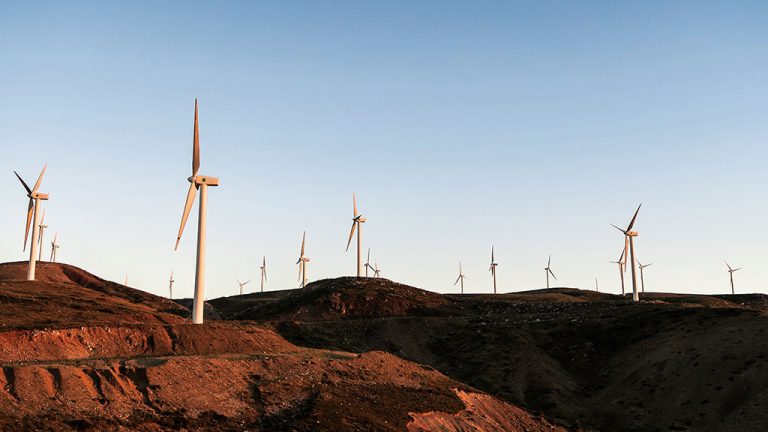
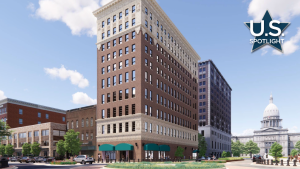

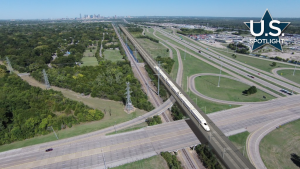


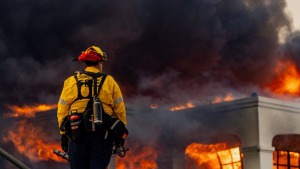
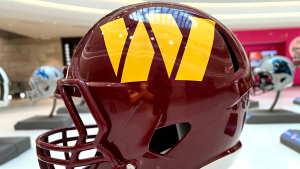
Recent Comments
comments for this post are closed